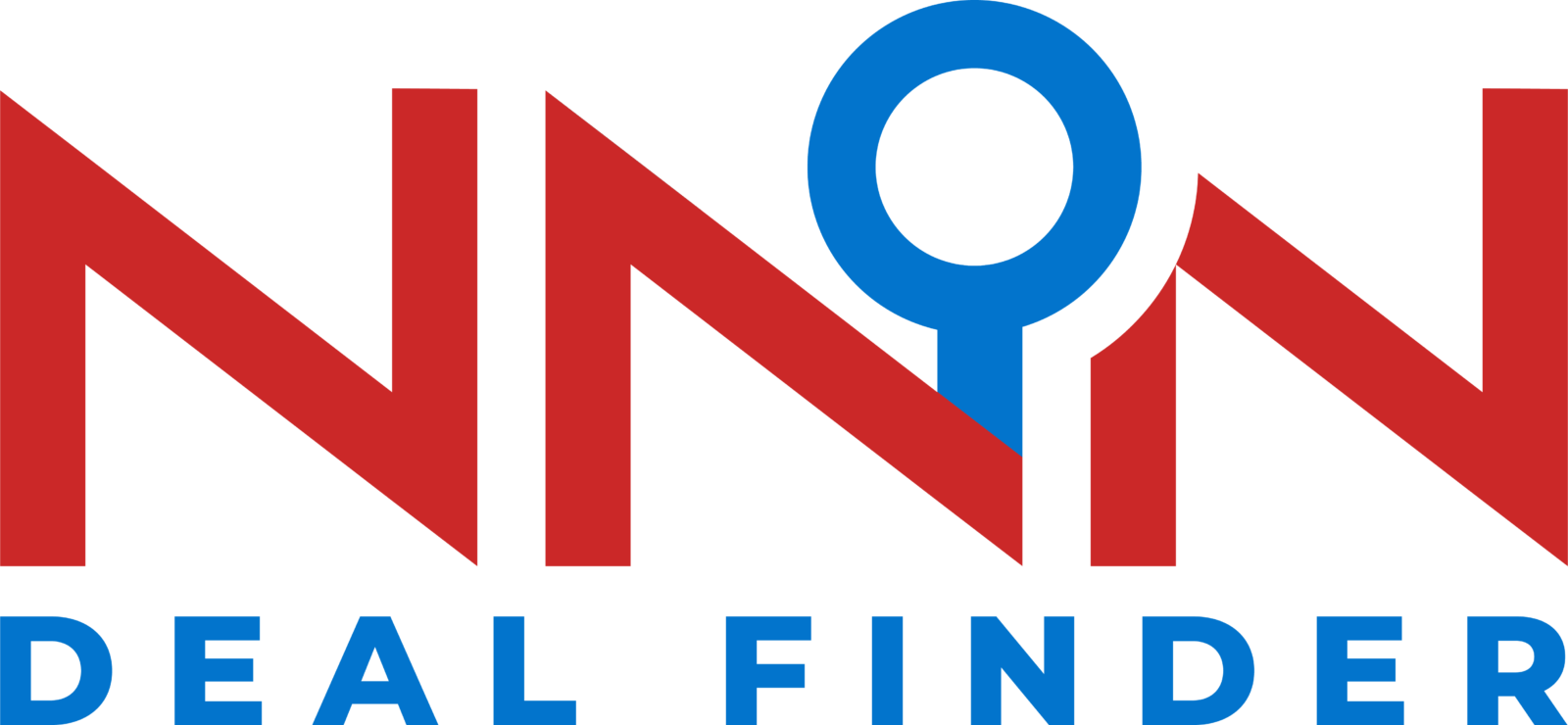Tired of playing the guessing game when it comes to investing in triple net lease properties? With market trends constantly changing, it can be challenging to determine how to maximize returns and protect your investments.
With decades of experience navigating these fluctuations, we’ll provide a guide on understanding the impact of market trends on triple net lease investments.
What is a Triple Net Lease Investment?
A triple net lease is a commercial lease in which the lessee pays the building’s taxes, insurance, upkeep, and utility bills, on top of rent. Investors choose triple net leases (NNN) since they involve fewer financial and administrative duties for the building and because there is reduced risk since the tenant assumes a large portion of cost variations, which encourages them to maintain the property.
Additionally, lessees gain from NNNs since they have greater freedom to improve or rehab the property than they would under a standard lease. The exact allocation of expenses a tenant pays and the freedom they have to renovate is typically negotiated in the lease contract.
Triple net leases are most commonly found among commercial properties. Commercial property investors leverage these leases to create more stable and reliable income streams, safeguard themselves against unanticipated or rising property costs, and evade typically heavy landlord responsibilities.
The Trends Influencing Triple Net Lease CAP Rates
In the NNN property sector, the phrase “cap rate”—also known as “capitalization rate”—is used to show the anticipated returns as a percentage of the investment.
Investors may see how profitable a triple net lease investment is likely to be by looking at cap rates, which are calculated based on how much income a building is expected to produce.
Location Can Affect Triple Net Cap Rates
Depending on location-specific factors, cap rates might vary considerably. Cash flow rates for triple-net buildings gained traction higher in 2018 and statistically increased the highest since 2011 when they climbed to 6.2%.
Generally, cap rates may vary from 4% to 7% depending on the locality, with the majority often falling around 4.8% to 5.25%. This spectrum is affected by several factors, which include:
- Market structure
- Location of triple net properties
High cap rates indicate an opportunity for return on capital. Therefore a grocery store in a high-growth neighborhood with a prime corner site, excellent traffic, and nearby existing businesses would have a greater cap rate than a building with less suitable location indicators.
Smaller Markets Can Still Lead to Profitable Deals
A higher cap rate can also identify triple net lease buildings in a minor market that delivers services to a large portion of the local population. These assets are often reliable over the long run and will keep performing well regardless of fluctuations in the economy or the stock market.
Understanding the profit capacity can be challenging if you don’t have experience and closely follow the market because the same cap rate may indicate different things depending on the region.
A net lease expert can help you understand how cap rates affect your investing goals. Understanding the impact of market trends on triple net lease investments will enable you to tap into your investment’s potential.
If you want to invest in NNN lease properties with strong commercially-backed tenants, NNN Deal Finder can help you find reliable, profitable properties. Get in touch with us today to learn how we can help you reach your financial goals together.
Cap Rates are Highest in Areas of Rapid Growth
The best places to look for triple net lease investment possibilities are in high-growth regions with a greater-than-normal population surge and economic expansion.
These regions have net lease above-average cap rates. Reasonable cap rates are particularly advantageous to investors selling triple net lease properties. Nevertheless, such properties must go to dealers who understand how to mix excellent cap rates with prices that simultaneously draw buyers to the properties.
How Should a NNN Lease Be Evaluated?
If you’re looking into a NNN lease real estate investment, it’s a good idea to compare the current rent with market rent, keeping in mind that triple net leases commonly have incremental annual rent increases.
The risk for investors can also be caused by the likes of an unreliable tenant. It is crucial to thoroughly investigate the lessee to guarantee they can remain in operation throughout the contract, by choosing an investment with a long lease and strong credit. The best defense is to choose a tenant with sound financial and commercial endorsement.
Even in cases where you find the ideal tenant, it’s still prudent to consider potential vacancy expenses as a contingency.
Triple-net Leases and the 1031 Exchange
Cap rates favor 1031 Exchange Investors who want to go into net lease investments. To truly optimize your investments, blend triple net leases with 1031 exchanges. Provided you buy a like-kind asset with the selling revenues within a specific time frame and follow the other 1031 requirements, 1031 exchanges let investors sell industrial income properties and postpone the associated capital gains taxes.
Only property, as specified by the Internal Revenue Code, is permitted for a 1031 exchange due to the 2017 Tax Cuts and Jobs Act of 2017. The like-kind asset has to be identical in structure or quality and must have equal or greater worth than the property you trade.
The Triple Net Lease Benefit
As per JLL, net-leased asset deals reached a new high of $79 billion, a 39% increase from 2019. This investment vehicle showed persistent impact protection in adverse market circumstances and maintained strong performance throughout the global pandemic.
As we get through the worst parts of the COVID-19 pandemic, triple net lease assets continue to shine as a reliable source of sponsor investment. Found often in necessity retail, triple net lease properties have a history of stability, have continually demonstrated their ability to withstand recessions, and produce regular revenue streams regardless of the state of the economy.
The fact that NNN properties are often rented to tenants with good credit and a high level of public demand is one factor contributing to this notably high level of stability. Necessity retail, such as pharmacies, medical centers, dollar stores, and gas stations tend to be available regardless of the state of the economy, and typically offer assurances that are uncommon for modest tenants in lease agreements.
Furthermore, NNN tenants typically sign long-term agreements that are fixed for 10 to 25 years.
Gain Consistent Cash Flow from NNN Properties
Are you looking to invest in triple net lease properties but need help with how to get the best return on your investment? Do you want to capitalize on the latest market trends and take advantage of the dynamic real estate market?
NNN Deal Finder provides you with an extensive database of available triple net leases, updated in real-time to reflect the most accurate market data available. You can easily compare different properties and make the most informed decisions. NNN Deal Finder has helped countless experienced investors discover the investment returns they need to secure their financial future. Give us a call to see how we can help you too.

